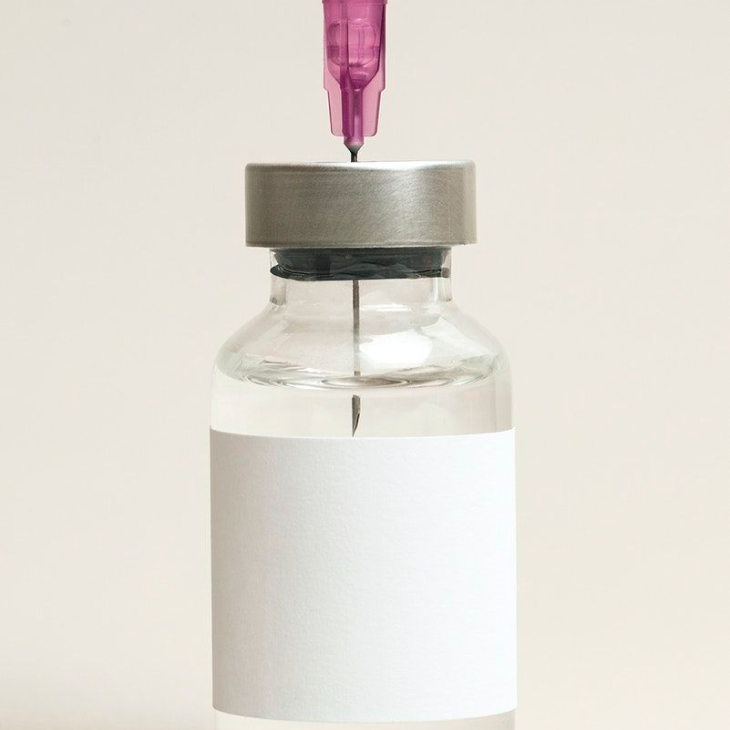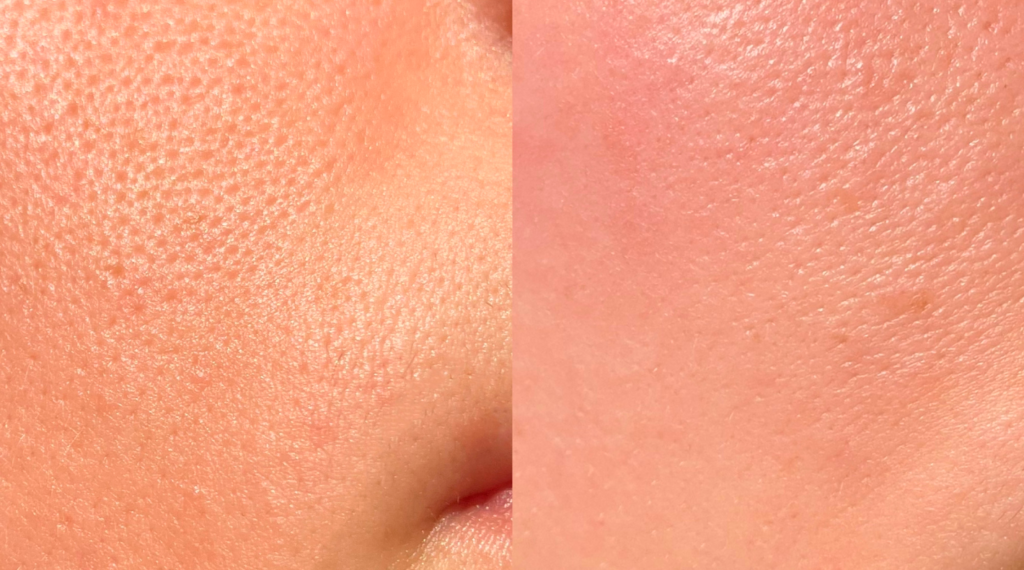Semaglutide 2mg – 5mg: An Advanced Solution for Weight Management and Type 2 Diabetes
“Semaglutide is a modern medication used to treat type 2 diabetes and support weight loss in individuals with obesity or overweight. By stimulating natural insulin production and regulating hormones, Semaglutide helps control blood sugar levels and promotes sustainable weight loss.”



WHAT IS IT ?
How to use it ?
Steps for Using Semaglutide for Optimal Results
Step 1: Prepare the Product
Check the Semaglutide vial and injection tools. Ensure everything is clean and follows the recommended dosage.
Step 2: Select the Injection Site
Common injection sites include the abdomen, thigh, or upper arm. Make sure to clean the skin thoroughly before injecting.
Step 3: Administer the Injection Slowly
Insert the needle into the chosen injection site and administer the medication slowly until the full dose is delivered.
Step 4: Finish and Clean Up
Withdraw the needle from the injection site and clean the area with a cotton ball or sterile gauze. Dispose of the needle and syringe safely.


How to use it ?
How to Use Semaglutide Effectively
For New Users:
Dosage: 2mg (0.25ml) once a week.
After 4-8 weeks, you can discontinue or maintain a 5mg dose.
For Experienced Users:
Conduct regular blood tests and adjust the dosage based on individual needs.
Steps for Effective Usage:
Prepare the Dose: Check the recommended dosage (e.g., 2mg or 5mg).
Injection: Administer the dose into the thigh or abdomen.
Schedule: Repeat weekly, every 7 days.
Dosage Schedule:
Week 1-4: Start with 2mg per week (Starting Dose).
Week 5-8: Increase to 5mg per week (Maintenance Dose).
Before/After
Real-life images from customers before and after using Semaglutide, showcasing significant weight loss and improved health. Semaglutide not only helps control blood sugar levels but also brings about positive changes in appearance and weight.


Customer Testimonials
Why is blood testing important
Detecting and Screening Potential Underlying Conditions
Tests help identify pathogens and issues that may affect the treatment process, such as liver or kidney diseases, or blood-borne illnesses.
Monitoring Blood Lipids and Glucose Levels
Tracking blood lipid and glucose levels is essential to optimize the effectiveness of Semaglutide in managing weight and blood sugar.
Determining Caloric Needs and Suitable Diet Plans
Health indicators guide doctors in recommending an appropriate diet plan to complement Semaglutide during treatment.
Product Details
Detailed Information about Semaglutide
- Ingredient: Semaglutide GLP-1
- Purity: 99%
- Origin: USA, UK
- Quality Standards: USA, EU GMP


Product Benefits
Outstanding Benefits of Semaglutide
Lowering Blood Sugar:
Helps manage blood sugar levels for individuals with type 2 diabetes, reducing the risk of complications.
Weight Loss:
Reduces appetite and supports safe weight loss, helping users maintain stable weight.
Cardiovascular Protection:
Improves heart health and lowers the risk of diabetes-related cardiovascular diseases.
Preventing Complications:
Reduces the risk of diabetes complications, such as kidney disease, eye problems, and nerve damage.
Supporting Heart Health:
Provides additional protection for cardiovascular function.
How it work ?
Mechanism of Action of Semaglutide
Semaglutide works by stimulating the pancreas to produce insulin when needed, effectively controlling blood sugar levels. Additionally, it slows down digestion, reduces appetite, and supports weight loss.


certification
Plateau Effect During Semaglutide Use
Many individuals may experience a weight loss plateau after an initially effective period of using Semaglutide. This occurs as the body tends to adapt and recalibrate in response to long-term interventions. Below are the main factors causing plateaus and how Semaglutide can help address some of
These issues:
Body Adaptation to the Medication
Over time, the body may develop a tolerance to Semaglutide’s effects, making weight loss less pronounced than at the beginning.
Reduced Metabolic Rate
As weight decreases, muscle mass can also decline without proper exercise, leading to a lower basal metabolic rate.
Inadequate Caloric Intake Adjustment
After losing weight, the body’s caloric needs decrease. Continuing to consume the same amount of calories as before can lead to a plateau.
Psychological and Stress Factors
Stress and tension can elevate cortisol levels, triggering cravings and reducing weight loss effectiveness.


